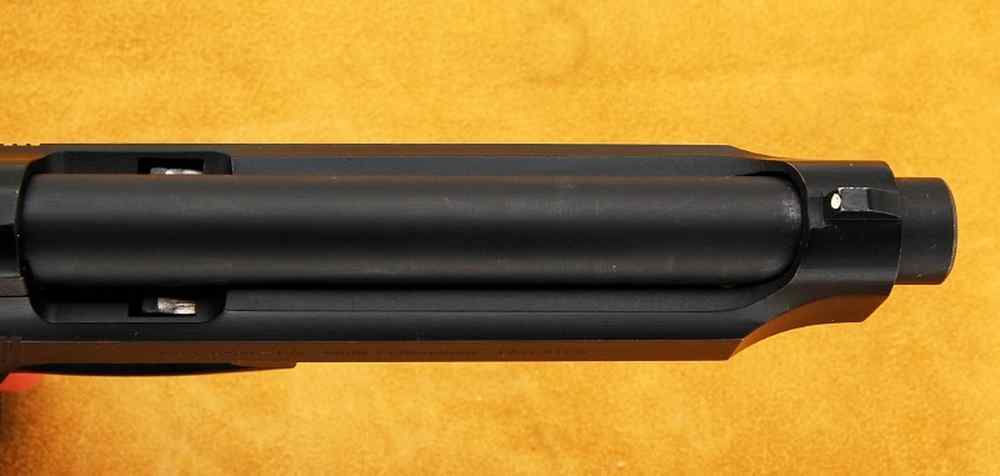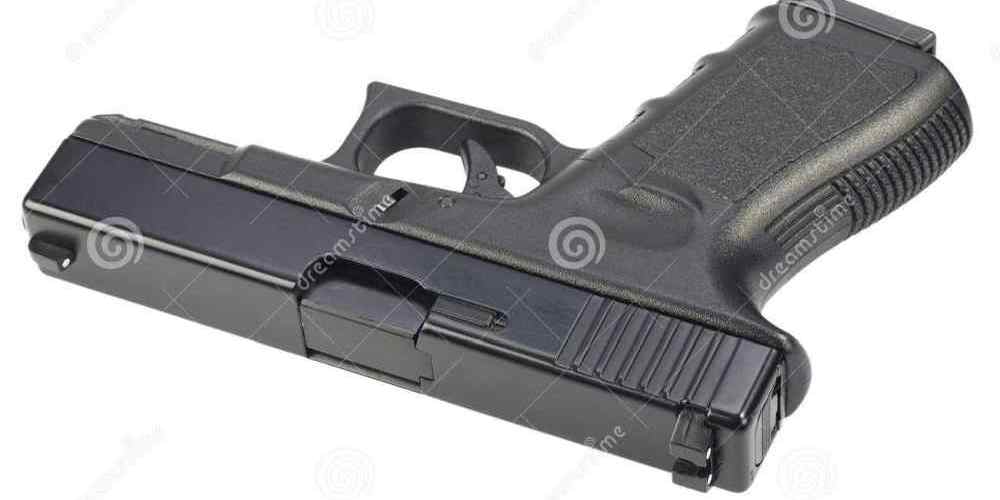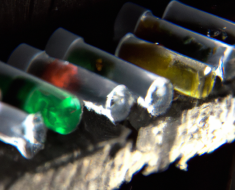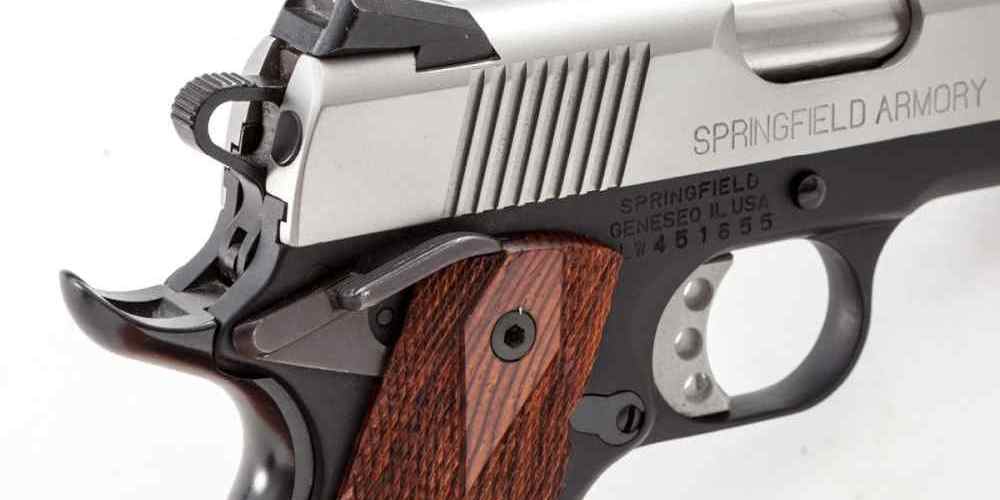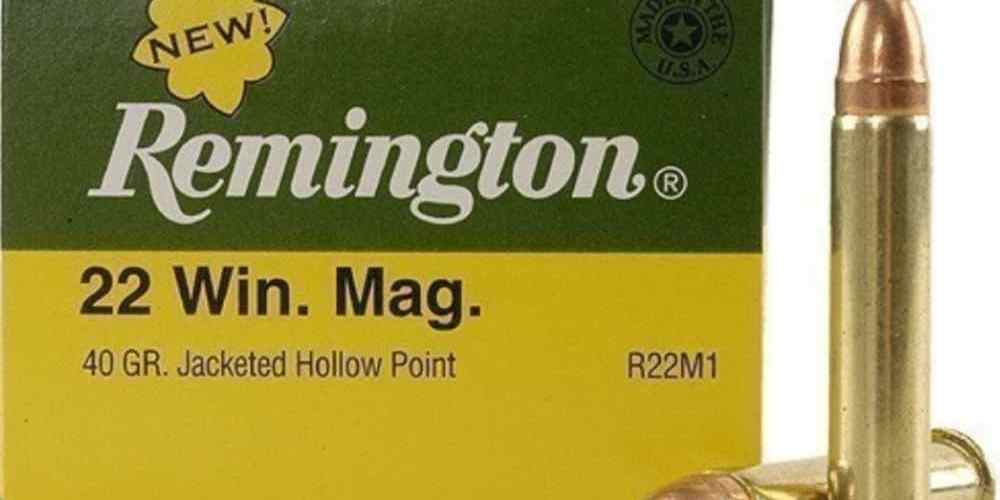Reliable extraction for consistent performance.
Extractor Function in Semi-Auto Ammunition
When it comes to semi-automatic firearms, the extractor plays a crucial role in the proper functioning of the weapon. The extractor is a small but mighty component that is responsible for removing spent casings from the chamber after a round has been fired. Without a properly functioning extractor, a semi-automatic firearm would not be able to cycle ammunition effectively, leading to malfunctions and potentially dangerous situations.
The extractor is typically a small hook-shaped piece of metal that is located near the breech of the firearm. When a round is fired, the extractor grabs onto the rim of the spent casing and pulls it out of the chamber as the slide or bolt moves rearward. This allows for the ejection of the spent casing and the chambering of a new round from the magazine.
One of the key functions of the extractor is to ensure that the spent casing is ejected cleanly and consistently. If the extractor fails to grab onto the rim of the casing properly, it may not be able to extract the casing from the chamber, leading to a malfunction known as a failure to extract. This can result in a jammed firearm and potentially dangerous situations if not addressed promptly.
In addition to extracting spent casings, the extractor also plays a role in ensuring that the firearm is able to properly chamber new rounds from the magazine. As the slide or bolt moves forward after the spent casing has been ejected, the extractor helps guide the new round into the chamber, ensuring that it is properly seated and ready to be fired.
Proper maintenance and care of the extractor is essential to ensure that it functions correctly. Over time, the extractor can become worn or dirty, which can affect its ability to grab onto the rim of the casing effectively. Regular cleaning and inspection of the extractor can help prevent malfunctions and ensure that the firearm operates smoothly.
It is also important to use high-quality ammunition when using a semi-automatic firearm. Low-quality or improperly sized ammunition can cause issues with extraction and ejection, leading to malfunctions and potential safety hazards. Using ammunition that meets the specifications of the firearm can help prevent these issues and ensure reliable performance.
In conclusion, the extractor plays a vital role in the proper functioning of semi-automatic firearms. Without a properly functioning extractor, the firearm would not be able to cycle ammunition effectively, leading to malfunctions and potentially dangerous situations. Proper maintenance and care of the extractor, as well as using high-quality ammunition, are essential to ensure that the firearm operates smoothly and safely. By understanding the importance of the extractor’s role in semi-auto ammunition, firearm owners can ensure that their weapons are reliable and safe to use.
Common Extractor Issues in Semi-Auto Firearms
When it comes to semi-automatic firearms, the extractor plays a crucial role in the proper functioning of the weapon. The extractor is responsible for removing spent casings from the chamber after firing, allowing for the next round to be loaded and fired. Without a properly functioning extractor, a semi-auto firearm can experience a variety of issues that can affect its performance and reliability.
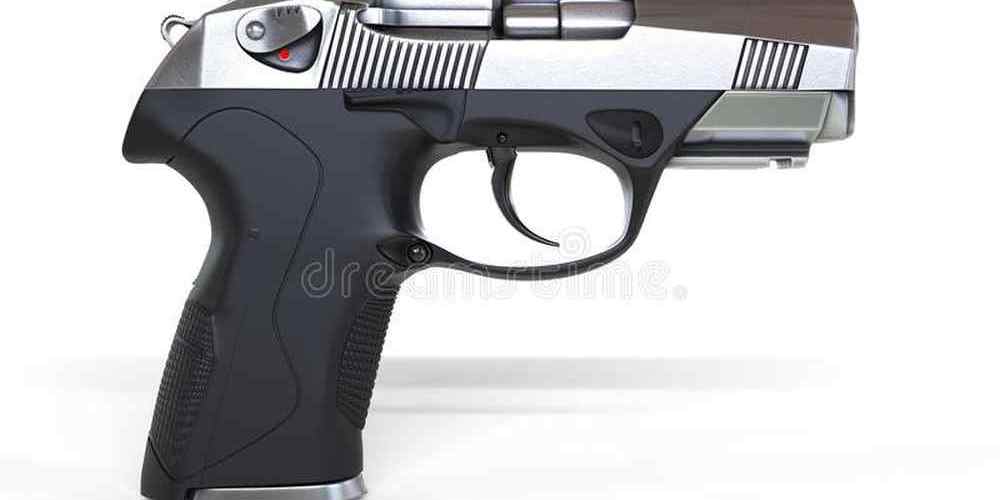
One common issue that can arise with extractors in semi-auto firearms is failure to extract. This occurs when the extractor is unable to properly grip the spent casing and remove it from the chamber. This can result in a jammed firearm, preventing the next round from being loaded and fired. Failure to extract can be caused by a variety of factors, including a worn or damaged extractor, improper ammunition, or a dirty chamber.
Another common extractor issue in semi-auto firearms is extraction failures. This occurs when the extractor is able to remove the spent casing from the chamber, but is unable to fully eject it from the firearm. This can result in a stovepipe jam, where the spent casing becomes stuck in the ejection port, preventing the firearm from cycling properly. Extraction failures can be caused by a weak extractor spring, a dirty or obstructed ejection port, or improper ammunition.
One of the most important factors in preventing extractor issues in semi-auto firearms is proper maintenance. Regular cleaning and inspection of the extractor and chamber can help prevent buildup of dirt and debris that can interfere with the extractor’s function. Additionally, replacing worn or damaged extractors and extractor springs can help ensure reliable performance.
It is also important to use high-quality ammunition in semi-auto firearms to prevent extractor issues. Low-quality or improperly sized ammunition can cause feeding and extraction problems, leading to malfunctions in the firearm. Using ammunition that meets the manufacturer’s specifications can help prevent extractor issues and ensure reliable performance.
In conclusion, the extractor plays a vital role in the proper functioning of semi-auto firearms. Common extractor issues such as failure to extract and extraction failures can be prevented through proper maintenance and the use of high-quality ammunition. By understanding the importance of the extractor and taking steps to prevent extractor issues, firearm owners can ensure that their semi-auto firearms perform reliably and safely.
Importance of Proper Maintenance for Extractors
When it comes to semi-automatic firearms, the extractor plays a crucial role in the proper functioning of the weapon. The extractor is responsible for removing spent casings from the chamber after firing, allowing for the next round to be loaded and fired. Without a properly functioning extractor, a semi-automatic firearm can experience malfunctions and failures to eject, leading to a frustrating shooting experience.
Proper maintenance of the extractor is essential to ensure the reliable operation of your firearm. Over time, carbon buildup, dirt, and debris can accumulate on the extractor, causing it to become less effective. Regular cleaning and inspection of the extractor can help prevent these issues and keep your firearm functioning smoothly.
To clean the extractor, simply remove it from the firearm and use a cleaning solvent and brush to remove any buildup. Be sure to inspect the extractor for any signs of wear or damage, such as cracks or chips, which can affect its performance. If you notice any issues, it may be time to replace the extractor to ensure the continued reliability of your firearm.
In addition to regular cleaning, proper lubrication of the extractor is also important. A small amount of gun oil applied to the extractor can help reduce friction and ensure smooth operation. Be sure to use a high-quality lubricant designed for firearms to prevent buildup and corrosion.
Another important aspect of extractor maintenance is proper installation. When replacing or reassembling the extractor, be sure to follow the manufacturer’s instructions carefully to ensure it is installed correctly. Improper installation can lead to malfunctions and failures, so take your time and double-check your work to ensure everything is in place.
Regular inspection of the extractor is also key to maintaining its reliability. Check for any signs of wear or damage each time you clean your firearm, and replace the extractor if necessary. It’s better to be proactive and replace a worn extractor before it causes a malfunction than to wait until it fails during a shooting session.
In conclusion, the extractor plays a vital role in the proper functioning of a semi-automatic firearm. Proper maintenance, including regular cleaning, lubrication, and inspection, is essential to ensure the extractor operates smoothly and reliably. By taking the time to care for your extractor, you can enjoy a trouble-free shooting experience and keep your firearm in top condition for years to come.
Upgrading Extractors for Improved Performance
When it comes to semi-automatic firearms, the extractor plays a crucial role in the overall performance of the weapon. The extractor is responsible for removing spent casings from the chamber after firing, allowing for the next round to be loaded and fired. Without a properly functioning extractor, a semi-automatic firearm can experience a variety of malfunctions that can hinder its performance.
One common issue that can arise from a faulty extractor is failure to extract. This occurs when the extractor does not properly grip the spent casing, causing it to remain in the chamber after firing. This can result in a jammed firearm, preventing the shooter from being able to continue firing. In order to prevent this issue, it is important to ensure that the extractor is in good working condition and properly maintained.
Another issue that can occur with a malfunctioning extractor is failure to eject. This happens when the extractor does not properly remove the spent casing from the chamber, causing it to become stuck in the ejection port. This can also lead to a jammed firearm and prevent the shooter from being able to continue firing. To avoid this issue, it is important to regularly inspect the extractor and replace it if necessary.
Upgrading the extractor in a semi-automatic firearm can greatly improve its performance. By installing a high-quality extractor, shooters can ensure that their firearm functions reliably and consistently. Upgraded extractors are often made from stronger materials and feature improved designs that enhance their gripping power. This can help prevent issues such as failure to extract and failure to eject, allowing shooters to focus on their target without worrying about malfunctions.
When upgrading the extractor in a semi-automatic firearm, it is important to choose a model that is compatible with the specific make and model of the firearm. Different firearms may require different types of extractors, so it is important to do thorough research before making a purchase. Additionally, it is recommended to seek the assistance of a professional gunsmith when installing a new extractor, as improper installation can lead to further issues with the firearm.
In conclusion, the extractor plays a vital role in the performance of a semi-automatic firearm. By ensuring that the extractor is in good working condition and properly maintained, shooters can prevent malfunctions such as failure to extract and failure to eject. Upgrading the extractor with a high-quality model can further improve the firearm’s reliability and consistency. Remember to choose a compatible extractor and seek professional assistance when installing it. With a properly functioning extractor, shooters can enjoy improved performance and peace of mind on the range.
Extractor Troubleshooting Tips for Semi-Auto Ammunition
When it comes to semi-automatic firearms, the extractor plays a crucial role in ensuring smooth and reliable operation. The extractor is responsible for removing spent casings from the chamber after firing, allowing the next round to be loaded and fired. Without a properly functioning extractor, a semi-automatic firearm can experience malfunctions such as failure to extract, stovepipes, and double feeds.
One common issue that shooters may encounter with their semi-automatic firearms is failure to extract. This occurs when the extractor fails to grip the spent casing and remove it from the chamber. This can result in a jammed firearm and prevent the next round from being loaded. There are several potential causes for failure to extract, including a dirty or worn extractor, improper ammunition, or a weak extractor spring.
To troubleshoot a failure to extract issue, the first step is to inspect the extractor for any signs of wear or damage. If the extractor appears to be in good condition, the next step is to clean it thoroughly to ensure that it is free of debris that may be preventing it from gripping the casing. If cleaning the extractor does not resolve the issue, it may be necessary to replace the extractor or the extractor spring.
Another common issue that can occur with semi-automatic firearms is stovepipes. Stovepipes happen when a spent casing fails to fully eject from the firearm and becomes trapped in the ejection port. This can prevent the next round from being loaded and fired. Stovepipes can be caused by a weak extractor spring, a dirty or worn extractor, or improper ammunition.
To troubleshoot a stovepipe issue, the first step is to inspect the extractor and extractor spring for any signs of wear or damage. If the extractor and spring appear to be in good condition, the next step is to clean them thoroughly to ensure that they are free of debris that may be causing the stovepipes. If cleaning the extractor and spring does not resolve the issue, it may be necessary to replace them.
Double feeds are another common issue that can occur with semi-automatic firearms. Double feeds happen when a new round is loaded into the chamber before the spent casing has been fully extracted and ejected. This can result in a jammed firearm and prevent the next round from being loaded and fired. Double feeds can be caused by a weak extractor spring, a dirty or worn extractor, or improper ammunition.
To troubleshoot a double feed issue, the first step is to inspect the extractor and extractor spring for any signs of wear or damage. If the extractor and spring appear to be in good condition, the next step is to clean them thoroughly to ensure that they are free of debris that may be causing the double feeds. If cleaning the extractor and spring does not resolve the issue, it may be necessary to replace them.
In conclusion, the extractor plays a vital role in the operation of semi-automatic firearms. By understanding the importance of the extractor and knowing how to troubleshoot common extractor issues, shooters can ensure that their firearms function reliably and smoothly. By keeping the extractor clean and well-maintained, shooters can avoid malfunctions such as failure to extract, stovepipes, and double feeds. Remember, a properly functioning extractor is essential for a properly functioning semi-automatic firearm.




